Introduction
Are you a college, pre-clinical or medical student looking for the most affordable medical school in the United States? You’re not alone! Remember, finding the right medical school is a monumental decision. However, medical school can be an immense financial burden with soaring tuition and limited scholarships. To help make your search easier, we’ve compiled a comprehensive guide of the cheapest medical schools in the US for 2023. So, explore this guide to make informed decisions about where you want to launch your future medical career!
The Average Cost of Medical Schools in the US
According to the Association of American Medical Colleges (AAMC) research, the average cost of attending a four-year medical school program ranges from $150,444 to $247,664. This includes tuition fees and other associated expenses like textbooks, living costs, health insurance, and other miscellaneous expenses.
Attending medical school in 2022 ranged from $18,228 to $74,035 in tuition costs. For a four-year degree, that figure translated to $72,912 to $292,140. This excluded other expenses like the United States Medical Licensing Examination (USMLE) and lab fees that are typically year-specific. For 2022-2023 figures, AAMC estimates that tuition will continue increasing across public and private medical schools by three to four percent as it has been in the last decade. It projects the cost to rise to approximately $250,000 by 2025.
Note that multiple factors contribute to the total cost of attending a medical school. Nevertheless, in-state public medical schools are at the bottom of this tuition range, while the upper end corresponds to out-of-state private medical schools.
Factors Affecting the Cost of a Medical School
The amount of tuition to pay in a Medical School in the US could be affected by various factors, such as location and the type of degree you are enrolling in. For instance, tuition fees could be higher in larger cities than in rural areas due to higher living costs. Nevertheless, below is a comprehensive list of other crucial factors that affect the tuition you pay in any medical school in the US:
The Nature of the School (Public Vs. Private)
The nature of the school is one of the most significant determinants of how much tuition you will have to pay. Public schools, such as state universities, are typically more affordable than private colleges. On average, attending a public university can save students up to 20-30 percent on their overall tuition costs compared to private schools.
According to a report from CollegeData, the average cost of tuition and fees for public four-year colleges was $10,440 for in-state students and $26,820 for out-of-state students during the 2018–2019 academic year. By comparison, private nonprofit four-year schools had average tuition and fees of $35,830.
In general, public medical schools tend to be cheaper because state governments subsidize them. Private universities, on the other hand, must make up their costs through tuition money since most do not receive any government funding. This difference in funding means that public universities can offer lower tuition rates than private ones since they don’t need to make up as much revenue through student fees.
In addition to reduced tuition costs, public institutions offer more scholarships than private institutions. This is because many public universities are funded through taxpayer money. It enables them to give out grants and scholarships for qualifying students who demonstrate academic excellence and financial need. Private universities offer similar programs but fewer options than public ones.
Private medical schools are typically funded through the following channels:
- Endowments
- Alumni and corporate sponsors’ donations
- Tuition fees students pay
Since most of these institutions do not receive government funding like public schools, they often charge higher tuition rates to cover operating costs. Additionally, many private universities are more selective in their admissions process. This can lead to higher tuition prices since fewer students may qualify for admission.
Private schools can also be more expensive due to their larger faculties with higher salaries, greater emphasis on research activities, and increased access to resources and facilities. All these may require additional funding from student tuition. On average, attending a private university can increase overall tuition costs by 30-50 percent compared to public schools.
Nevertheless, choosing between a public or private medical school largely depends on an individual’s financial situation and academic goals. However, prospective students need to understand the associated differences in tuition costs to make an educated decision when selecting an institution for their studies.
State Residency Status (In-State Vs. Out-of-State)
State residency is vital when determining the amount of tuition for medical school students in the United States. So, being an in-state or out-of-state resident can make a massive difference in the price you must pay for medical school tuition.
Generally speaking, in-state students receive a discounted tuition rate at public institutions compared to their out-of-state counterparts. This is primarily due to funding incentives that public universities receive from their respective states. In some cases, these discounts can be as significant as 50 percent. This means that for students classified as in-state residents, the cost of attendance can be significantly lower.
For example, suppose you are considering attending one of the cheapest medical schools in California but live in New Jersey. In that case, you can expect to pay significantly more than a student from California who would be considered an in-state resident. This difference often translates into several thousand dollars per year in tuition savings for the in-state student.
In addition to reduced tuition rates, many states also offer special incentive programs such as scholarships, grants, and loan forgiveness for students enrolled at their state universities. These programs provide additional financial assistance to those attending medical school who meet certain criteria related to residence status and other requirements specified by the state offering the incentive program.
Though slightly more expensive than an in-state option, out-of-state tuition rates may still be competitive with other private universities and colleges nationwide. For example, some private universities offer reduced tuition rates based on merit factors such as academic achievement and not residency status. This makes pursuing higher education outside one’s state more attractive.
Ultimately, it is essential for prospective medical students to thoroughly research all potential options when choosing which school and program best suits them. This includes carefully comparing fees associated with both in-state and out-of-state tuition rates. It can also be beneficial to contact admissions staff at your desired institution to discuss any questions related to residency status.
Year of Study
The cost of studying in a medical school varies significantly between pre-clerkship and clerkship years. Pre-clerkship years focus on lecture and laboratory instruction, while clerkship years mainly comprise clinical rotations. As such, tuition for the pre-clerkship years is typically lower than that for the clerkship years. In addition to tuition, other factors may affect the total cost of a medical school education over four years.
In pre-clerkship studies, additional expenses may include textbooks and lab supplies. Furthermore, students may incur extra costs by participating in international exchange programs or summer research opportunities. During this phase, living costs can vary depending on whether or not a student decides to reside in the medical school or independently outside the campus.
Clerkship year expenses tend to be higher due to clinical rotations across different hospitals and departments, which often require students to travel long distances from their respective campuses, leading to increased travel costs. Different rotations also require patients to purchase uniforms and clinical equipment such as stethoscopes and reference texts, which can add up over time.
Living expenses also tend to be higher during this phase. This is due to frequently moving around between different cities for placements. Remember, this could mean paying for accommodation each time one moves locations and food costs when away from home for extended periods.
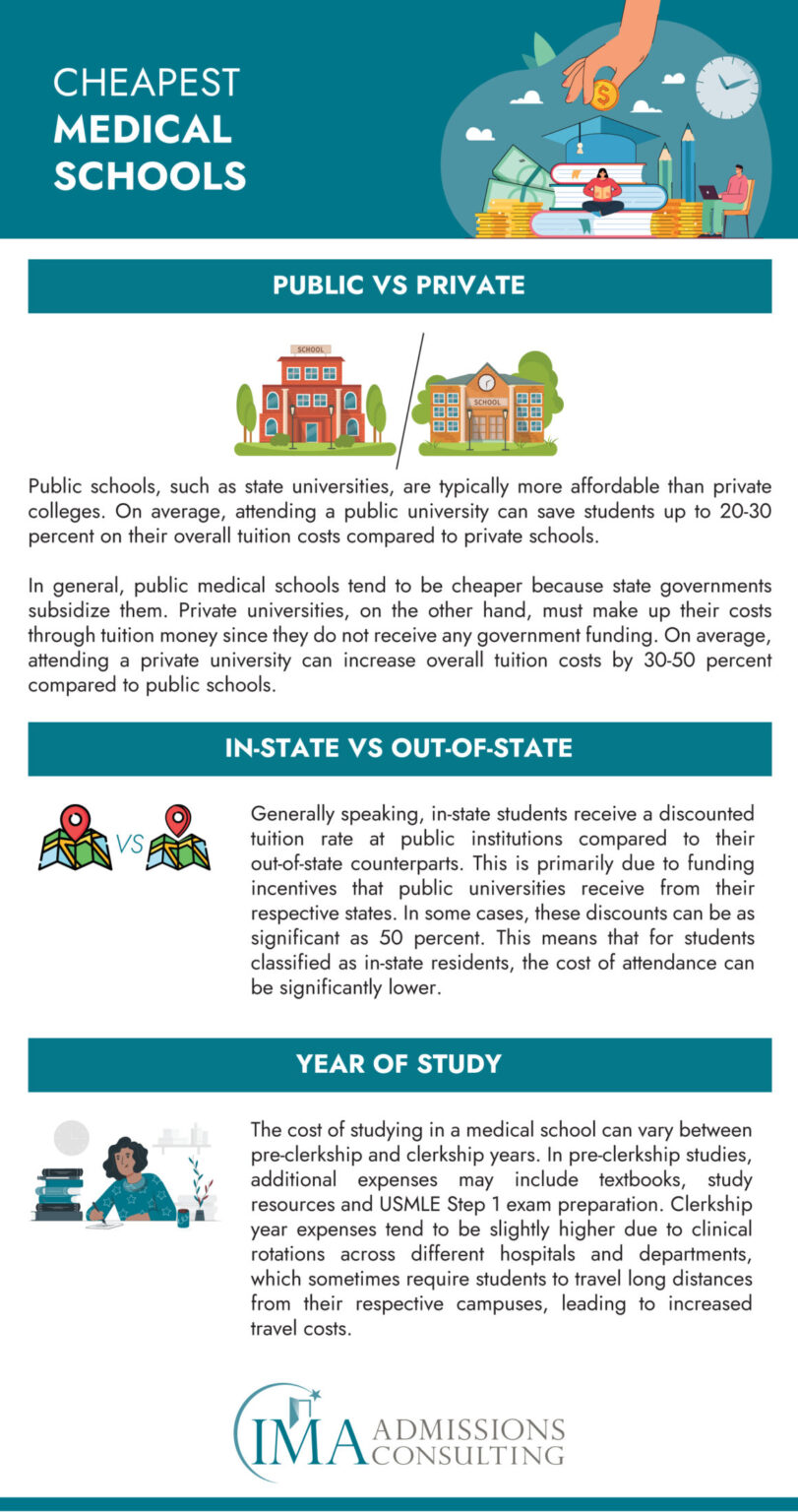
Cheapest Public Medical Schools in the US
Public medical schools have some advantages over private schools regarding cost. However, remember that there is no single “cheapest” option when selecting a medical school. Factors like your location, special interests, and academic performance all come into play when determining which school is best for you financially. That said, there are some great options for those on a budget. Below is a comprehensive list of five of the most affordable public medical schools in the United States in 2023:
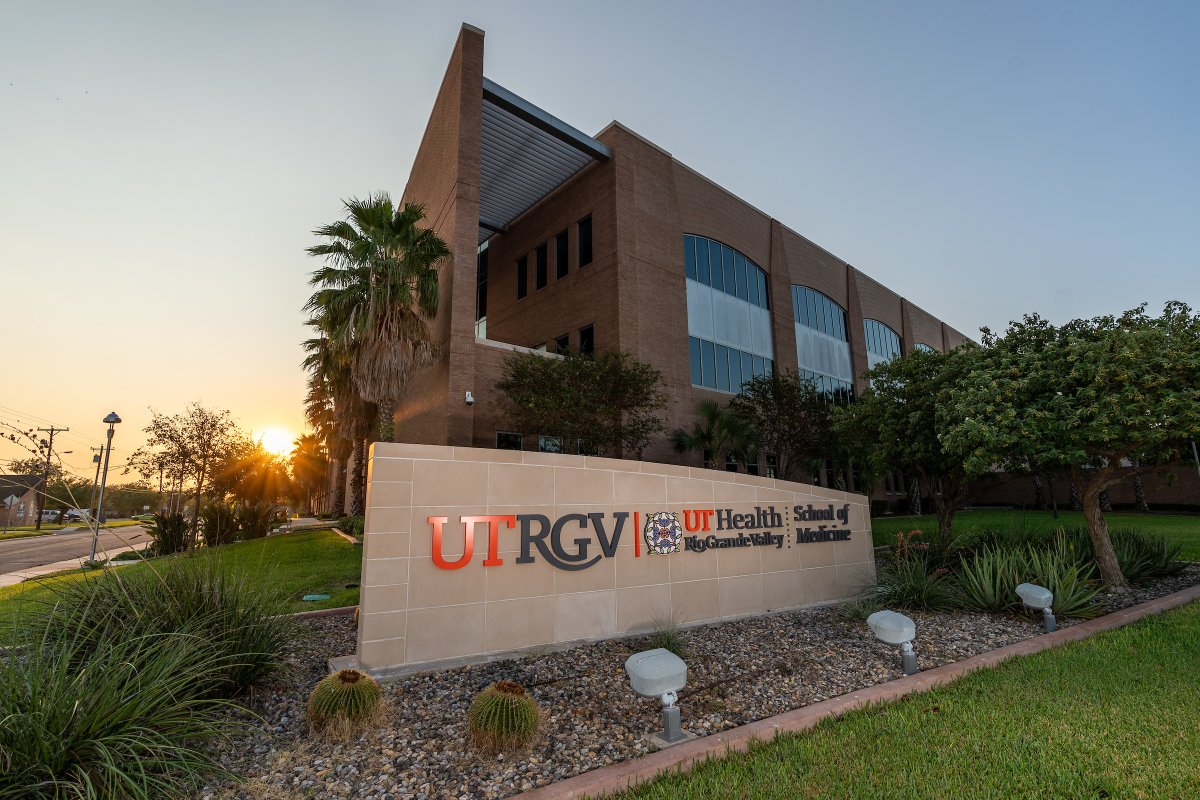
1. The University of Texas Rio Grande Valley School of Medicine
The University of Texas Rio Grande Valley School of Medicine (UTRGV) is one of the US’s most affordable medical schools. In 2022-2023, the school’s tuition is only $22,692 for residents and $35,792 for non-residents.
Not only is it affordable, but it offers a unique curriculum integrating basic science knowledge with clinical practice training. This results in an exciting learning experience for students who wish to gain real-world experience and become competent professionals.
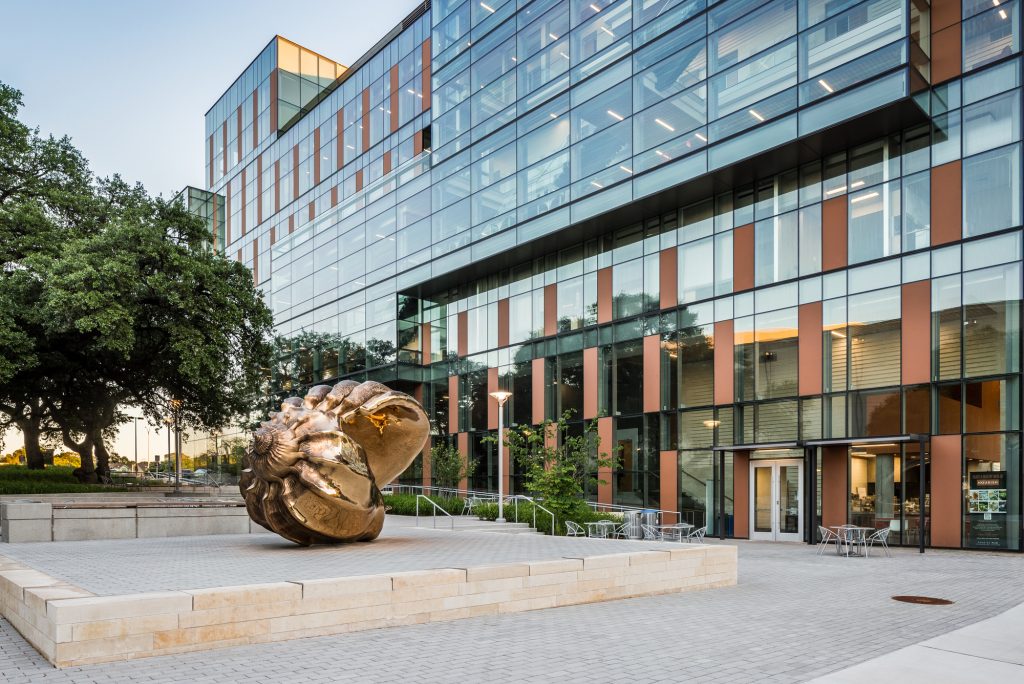
2. The University of Texas Austin Dell Medical School
Similarly, The University of Texas Austin Dell Medical School is one of the best cheap med schools in the country. For the 2022-2023 academic year, the institution’s tuition is only $22,613 for residents and $36,933 for non-residents. It also boasts a unique partnership with Seton Healthcare Family, enabling students to become part of a more extensive clinical system. At the same time, they study medicine in Austin—allowing them to get hands-on experience throughout their four years there.

3. Florida State University School of Medicine
Florida State University Medical School has low tuition rates and provides an excellent educational experience for its students. Its tuition rate is currently $29,444for residents and $63,996 for non-residents—making it one of the most affordable medical schools in Florida and beyond.
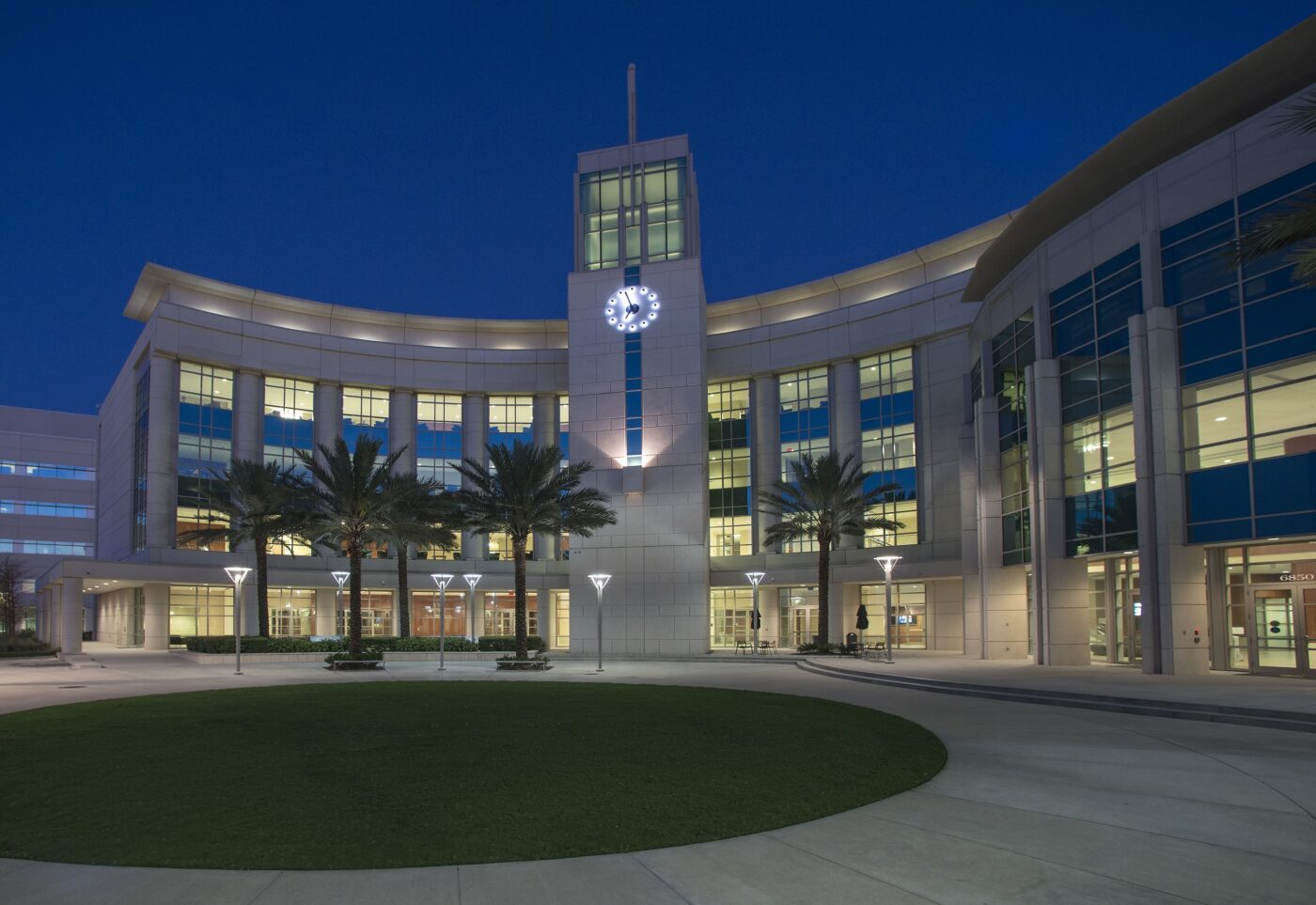
4. The University of Central Florida Medical School
The University of Central Florida Medical School has some of the lowest tuition rates in the US. It has a cutting-edge curriculum offered by world-renowned faculty members with specialized neurosurgery, infectious diseases, and genomic medicine expertise.
Its tuition rate is just $32,105 for residents or $58,979 for non-residents. This makes it an ideal choice if you’re looking to pursue your medical degree without breaking your bank account.
The table below represents some of the cheapest public medical schools in the United States in 2023:
| Name of School | State | In-State Tuition | Out-of-State Tuition |
|---|---|---|---|
| University of Texas Rio Grande Valley School of Medicine | TX | $22,692 | $35,792 |
| University of Texas Austin Dell Medical School | TX | $22,613 | $36,933 |
| Florida State University College of Medicine | FL | $29,444 | $63,996 |
| University of Central Florida Medical School | FL | $32,105 | $58,979 |
Cheapest Private Medical Schools in the US
Below is a comprehensive overview of some of America’s best private medical schools with competitive tuition prices and cutting-edge programs:

1. New York University Grossman School of Medicine
The New York University Grossman School of Medicine is one of the cheapest medical schools in New York. It is an institution that offers a world-class education in medicine without breaking the bank. This school has an excellent faculty, including leading and award-winning researchers, clinicians, and educators. With an average tuition cost (per academic year) of $10,200, NYU Grossman provides students with access to cutting-edge facilities, resources, and research opportunities while keeping costs down.

2. Baylor College of Medicine
Baylor School of Medicine is another excellent choice for students seeking an affordable way to pursue their dreams. The institution has been around since 1903 and has earned its position as one of Texas’s top academic centers for medicine and biomedical sciences. With 12-degree programs offered through five distinct colleges within Baylor University’s Health Care System, countless opportunities are available at a fractional cost compared to leading institutions. The tuition here is just $27,843 annually for in-state students and $40,943 for out-of-state students.
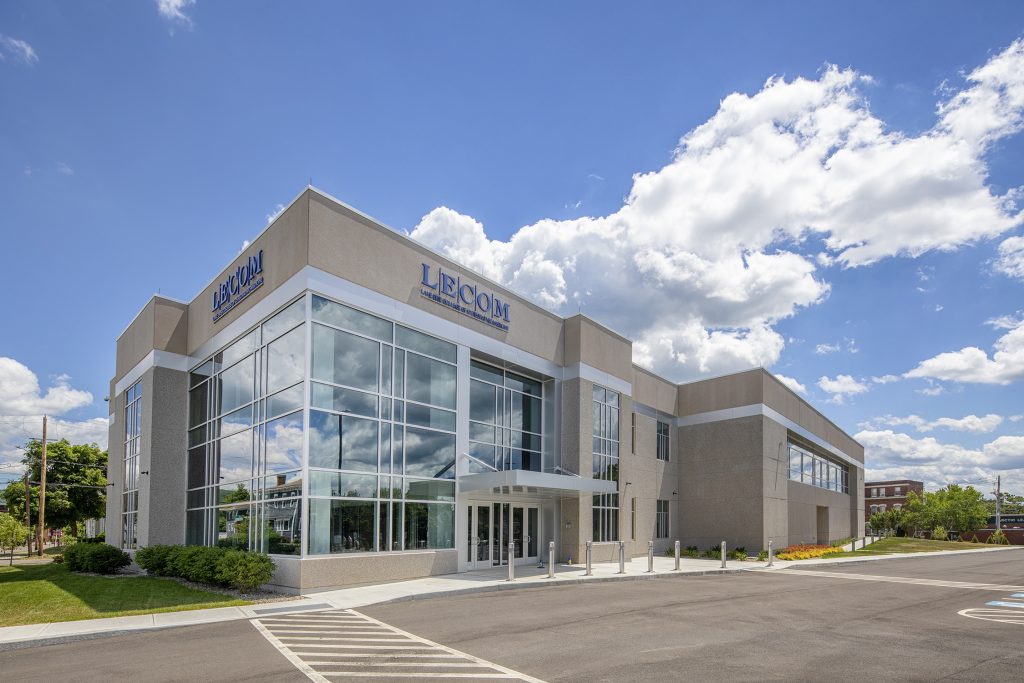
3. Lake Erie College of Osteopathic Medicine
Lake Erie College of Osteopathic Medicine (LECOM) boasts one of the lowest tuition rates among private medical schools. At just $36,570 per year. This college represents an incredible bargain for future healthcare professionals. It offers four different programs, which include the following:
- Master of Science in Medical Education
- Master of Science in Medical Sciences
- Doctor of Osteopathic Medicine
- Doctor of Pharmacy
This provides students with plenty of options for furthering their medical education.
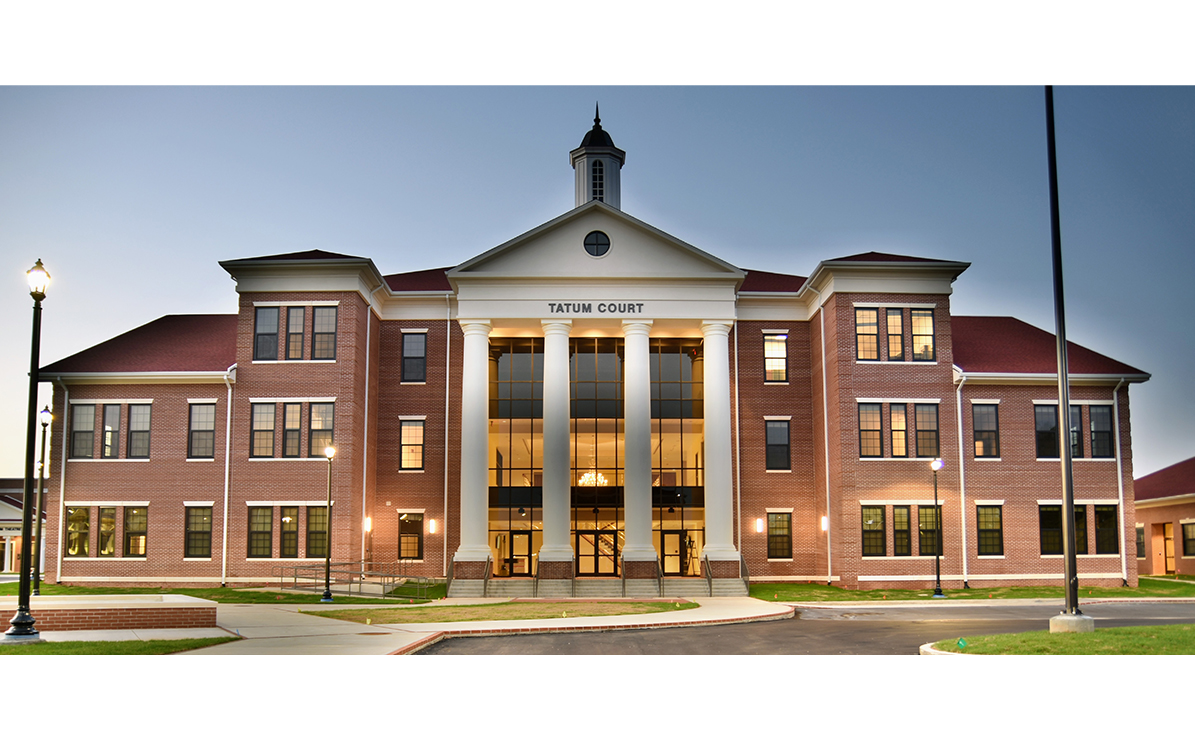
4. William Carey University College of Osteopathic Medicine
William Carey University College of Osteopathic Medicine, is worth considering if you want quality training on a budget. The cost of tuition in this institution is $44,000 yearly. To this day, this institution continues its founder, Dr. William A Carey, ‘s vision by providing affordable yet excellent training programs. These programs were designed to equip graduates with the skills needed for successful careers within healthcare settings today.
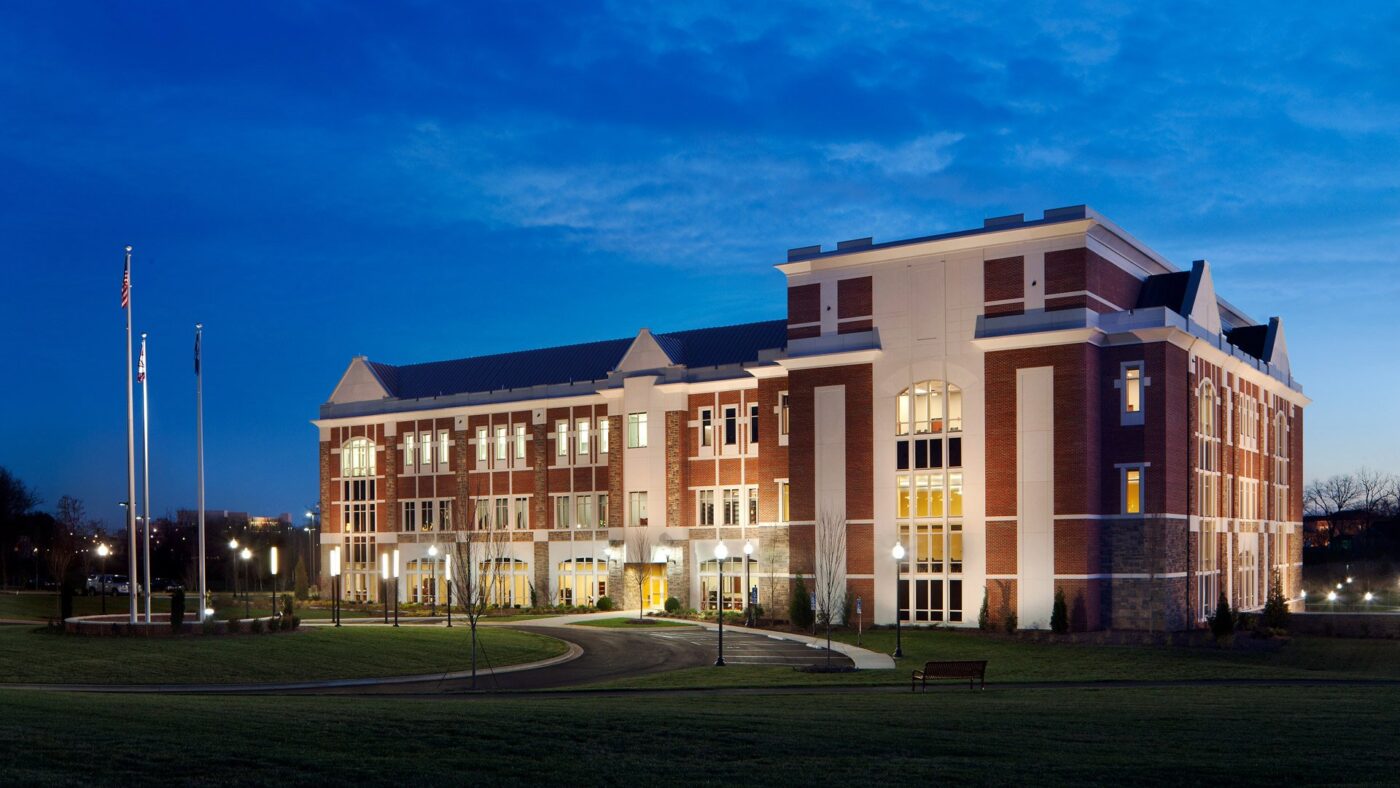
5. Edward Via College of Osteopathic Medicine
Edward Via College Of Osteopathic Medicine (VCOM) has established itself as a pioneer in innovative healthcare education since 1978. The school is undoubtedly one of the cheapest osteopathic medical schools in the country. It offers both master’s degrees and doctorate degrees in various disciplines, such as:
- Primary care
- Internal medicine
- Family medicine
- Surgery
- Pediatrics
- Psychiatry
- Obstetrics
- Gynecology
Students may also pursue VCOM-affiliated master’
Plus, this school provides exceptional financial aid packages allowing its students some much-needed financial relief. This makes it possible for many individuals with limited resources to pursue their dreams. Tuition is $50,750 for the 2023-2024 academic year.

6. Kentucky College of Osteopathic Medicine
Kentucky College Of Osteopathic Medicine (KYCOM) remains one of America’s most affordable and renowned private medical schools. It is committed to interprofessional healthcare delivery and innovation education using simulation technology. This is achieved with excellent faculty members dedicated to developing well-rounded medical doctors. Its yearly tuition fees amount only to $48,850 for both in-state and out-of-state students.
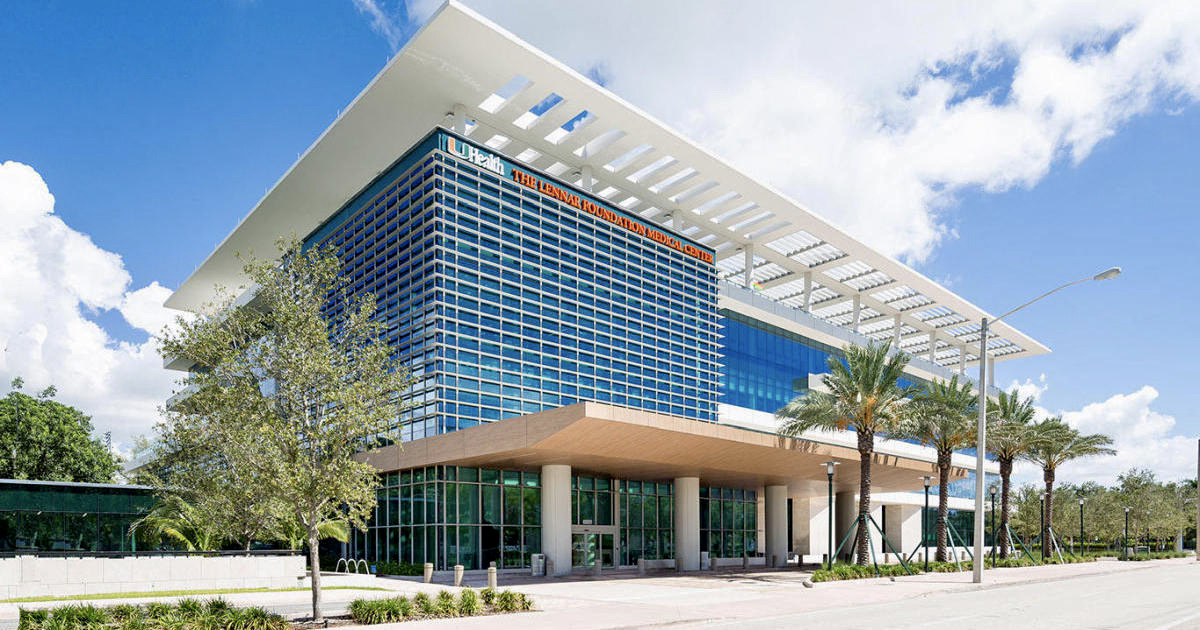
7. Leonard M. Miller School of Medicine
Leonard M Miller School of Medicine, located at the University of Miami, Florida, stands out due to its cutting-edge curriculum. It offers its graduates superior specialty training while keeping costs relatively low. Its four-year MD program allows med students to gain expertise through early practice immersion experiences, preparing them for better real-world situations they will encounter later.
Leonard M Miller School of Medicine also promotes community service activities preparing med students to become devoted health advocates. Annual tuition fees amount to only $50,123, making it one highly sought-after yet reasonably accessible destination among pre-clinical graduate aspirants.
The table below represents some of the cheapest private medical schools in the United States in 2023:
| Name of School | State | In-State Tuition | Out-of-State Tuition |
|---|---|---|---|
| New York University Grossman School of Medicine | NY | $10,200 | $10,200 |
| Baylor College of Medicine | TX | $27,843 | $40,943 |
| Lake Erie College of Osteopathic Medicine | PA | $36,570 | $36,570 |
| William Carey University, College of Osteopathic Medicine | MS | $44,000 | $44,000 |
| Edward Via College Of Osteopathic Medicine | VA | $47,800 | $47,800 |
| Kentucky College Of Osteopathic Medicine | KY | $48,850 | $48,850 |
| Leonard M. Miller School of Medicine | FL | $50,123 | $50,123 |
Cheapest Medical Schools for In-State Students in the US
Below is a list of some of the seven cheapest medical schools for in-state students based on tuition costs:
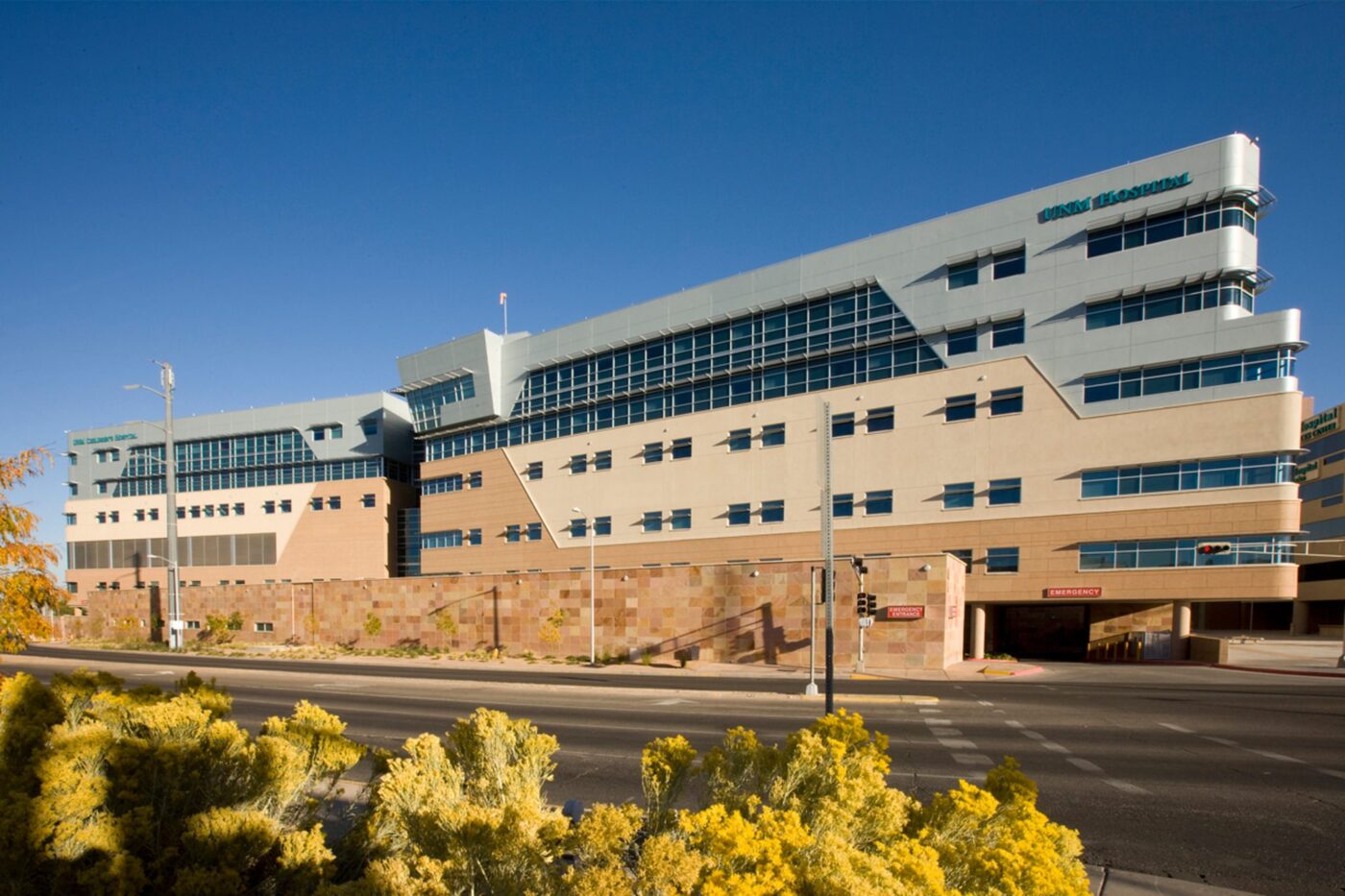
1. University of New Mexico School of Medicine
If you’re a resident of New Mexico, you’ll be happy to know that the University of New Mexico School of Medicine is the cheapest option for in-state students. Tuition is just $21,477 per year. The school is also ranked highly for its primary care programs.
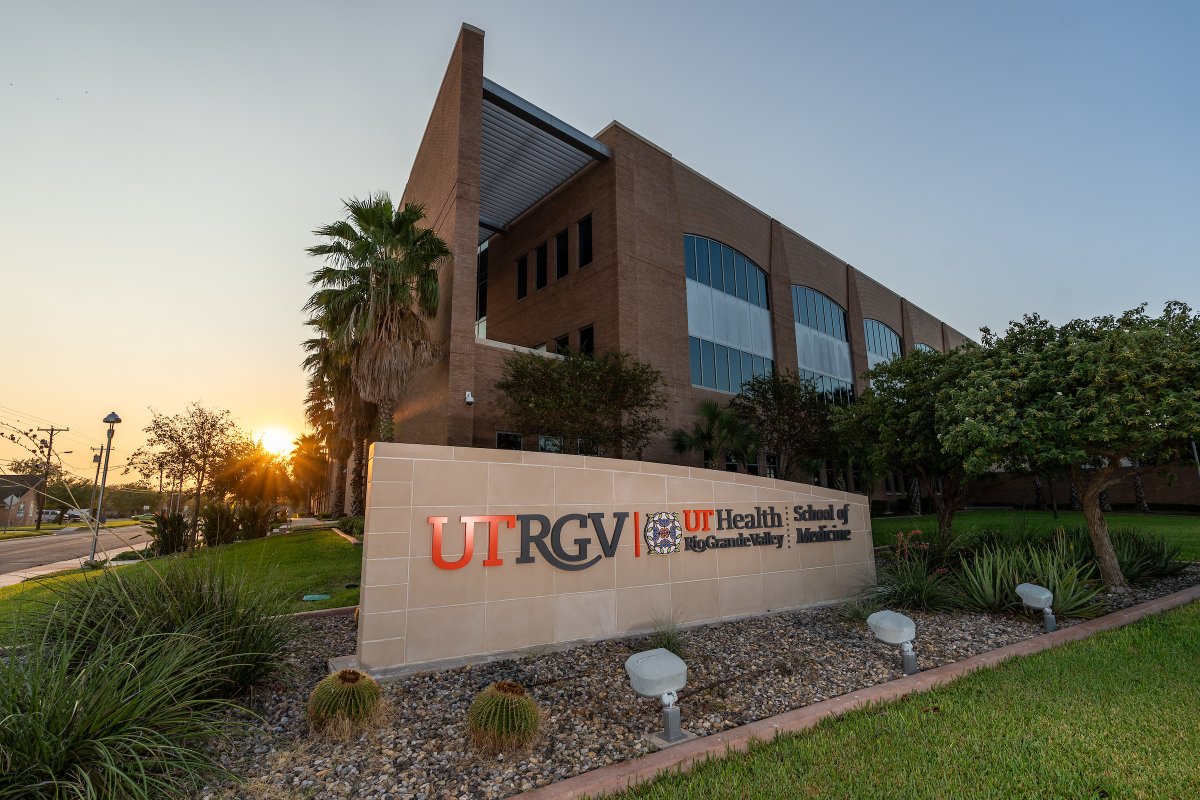
2. University of Texas Rio Grande Valley School of Medicine
The University of Texas Rio Grande Valley School of Medicine is another cheap option for in-state students. The school’s tuition is only $22,692 per year for in-state students. Furthermore, it offers an excellent education curriculum, focusing equally on research and primary care.

3. University of Texas Health Science Center- San Antonio
The University of Texas Health Science Center-San Antonio is another cheap option for in-state students. The school’s tuition is only $ 23,750 per year for in-state students. It offers an excellent education with a strong focus on research. It is also one of the most prestigious medical schools in the country, and it has a very competitive admissions process.
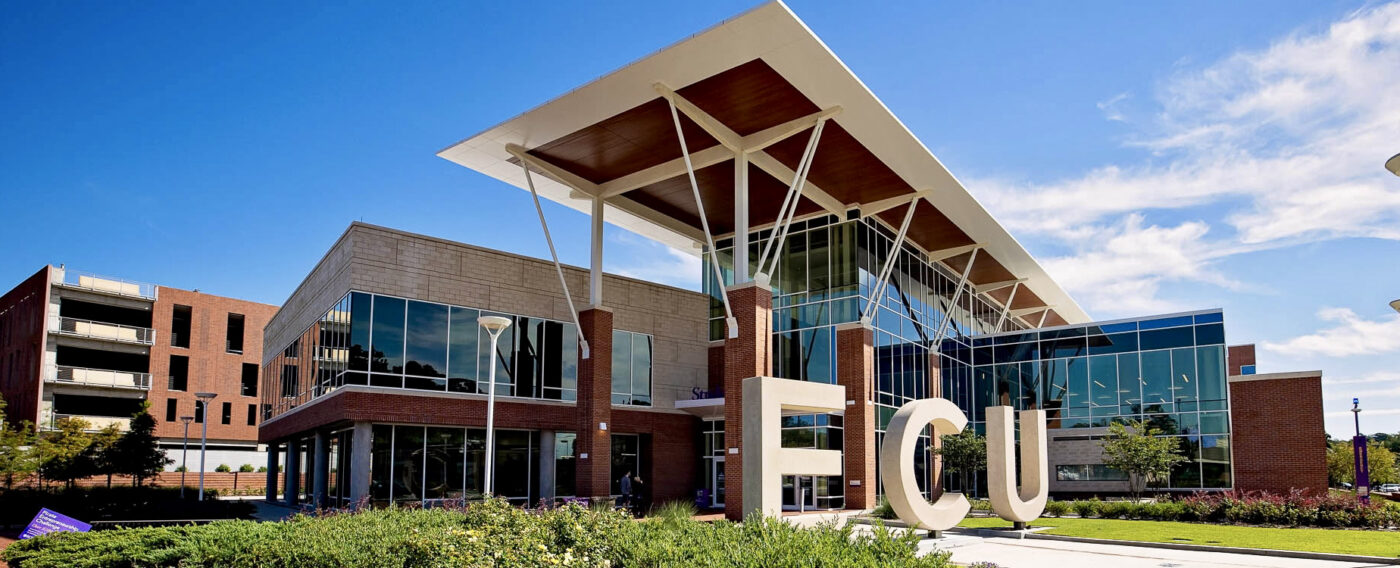
4. East Carolina University Brody School of Medicine
East Carolina University is another excellent choice for those seeking a cheap medical education. Tuition is just $25,859 per year. The school offers an excellent curriculum and has been ranked highly for its research programs.

5. Florida State University College of Medicine
Florida State University College of Medicine is affordable for in-state students. The school’s tuition is only $29,444 per year for in-state students. FSU offers an excellent education with a strong focus on primary care. FSU also has a diverse student body, reflecting the state’s population.

6. Louisiana State University School of Medicine
Louisiana State University School of Medicine is another excellent choice for in-state students looking to save on tuition costs. In-state tuition is just $32,016 per year. The school offers an excellent curriculum and has been ranked highly for its research programs.

7. University of South Alabama College of Medicine
The University of South Alabama College of Medicine is another affordable option for in-state students. It has a tuition cost of just over $17,670 per year. The school offers a top-notch education, with experienced faculty and state-of-the-art facilities.
The table below represents a comprehensive list of some of the cheapest medical schools for in-state students in the US in 2023:
| Name of School | State | In-State Tuition |
|---|---|---|
| University of New Mexico School of Medicine | NM | $21,477 |
| University of Texas Rio Grande Valley School of Medicine | TX | $22,692 |
| University of Texas Health Science Center- San Antonio | TX | $23,750 |
| East Carolina University Brody School of Medicine | NC | $25,859 |
| Florida State University College of Medicine | FL | $29,444 |
| Louisiana State University Shreveport School of Medicine | LA | $32,016 |
| University of South Alabama College of Medicine | AL | $35,124 |
Cheapest Medical Schools for Out-of-State Students in the US
If you’re looking for the cheapest medical schools in the US for out-of-state students, here’s a definitive guide. According to the Association of American Medical Colleges, the average cost of tuition for out-of-state students at medical schools is over $60,000 per year. Fortunately, several medical schools offer significantly lower tuition rates for out-of-state students.

1. Texas A&M Health Science Center College of Medicine
Texas A&M Health Science Center College of Medicine also deserves special mention here due to its reasonable fees. Non-residents pay only $33,870 per academic year if they enroll full-time (12 or more semester credit hours). It offers world-class curriculums focusing on primary care training and medical science research. Furthermore, it offers a range of innovative degree programs, such as healthcare leadership management or nursing informatics. These programs make it stand out from other medical colleges nationwide.

2. Texas Tech University Health Sciences Center
Texas Tech University Health Sciences Center is one the cheapest out of state medical schools, offering $35,505 in tuition costs. This public university in Lubbock, Texas, offers high-quality education and excellent clinical training opportunities. Furthermore, it focuses on developing skilled physicians ready to serve the people of Texas. Remember, here you could join a pre-med shadowing study abroad program to further develop your experience.

3. University of Texas Rio Grande Valley School of Medicine
The University of Texas Rio Grande Valley School of Medicine also stands out among cheap med schools due to its competitive tuition rates. The out-of-state tuition fee is only $35,792 per year. This public institution focuses on providing quality education to disadvantaged communities throughout South Texas while promoting diversity and collaboration among students and faculty members.

4. University of Texas at Austin Dell Medical School
The University of Texas at Austin Dell Medical School completes our roster with its outstanding and comprehensive educational experience at a reasonable cost. Out-of-state tuition totals around $36,933 each year starting from the 2020–2021 season onward, depending on enrollment type (full-time vs. part-time). Here you have access to cutting-edge resources, including simulation suites where you can hone your skills under experienced supervision before entering real clinical practice scenarios after graduation.

5. The University of Texas Southwestern Medical Center
The University of Texas Southwestern Medical Center has a long history of providing quality education since 1949. It remains one of America’s top academic institutions making it one attractive option when considering medical school options across America at a tuition rate that won’t break the bank. Students who opt to attend this school can expect to pay an out-of-state tuition fee that’s slightly less expensive than at other universities—$37,986 annually as of the 2021–2022 academic year.

6. Baylor School of Medicine
Baylor School of Medicine offers an impressive total cost of $40,943 for out-of-state students. Located in Houston, Texas, this world-renowned medical school is dedicated to preparing students for excellence in patient care and research. It does so by providing them with superb resources and state-of-the-art facilities.

7. University of New Mexico School of Medicine
The University of New Mexico, School of Medicine, follows closely behind, offering slightly higher out-of-state fees at approximately $49,554 annually. However, it compensates with highly ranked graduate programs like family medicine that provide additional career growth opportunities after graduation.

8. Howard University College of Medicine
Howard University, based in Washington DC, proudly stands amongst the best universities In the United States. This offers one of the lowest out-of-state tuition rates of $49,862. Boasting over 160 years of excellence, the school focuses on preparing culturally competent physicians capable of successful practice in any setting or environment.

9. Florida State University College of Medicine
Florida State University College of Medicine’s tuition costs are notably lower than those of many other schools—it charges $63,996 for non-resident students each academic year. It offers excellent study opportunities in basic sciences, clinical practice settings, and research opportunities across multiple disciplines, including psychology and biomedical engineering.

10. University of South Alabama College of Medicine
Moving along, we have the University of South Alabama College of Medicine – Mobile Campus, whose annual nonresidential fees amount to $66,128. This is according to data from the 2021–2022 season onwards. It’s another excellent opportunity for those seeking an affordable pathway towards becoming doctors in 15 months or less by completing an accelerated MD program track if desired. And don’t forget about the fantastic beach location!
The table below represents a comprehensive list of some of the cheapest medical schools for out-of-state students in the US in 2023:
| Name of School | State | Out-of-State Tuition |
|---|---|---|
| Texas A&M Health Science Center College of Medicine | TX | $33,870 |
| Texas Tech University Health Sciences Center | TX | $35,505 |
| University of Texas Rio Grande Valley School of Medicine | TX | $35,792 |
| University of Texas at Austin Dell Medical School | TX | $36,933 |
| University of Texas Southwestern Medical Center | TX | $37,986 |
| Baylor School of Medicine | TX | $40,943 |
| University of New Mexico, School of Medicine | NM | $49,554 |
| Howard University College of Medicine | DC | $49,862 |
| Florida State University College of Medicine | FL | $63,996 |
| University of South Alabama College of Medicine | AL | $66,128 |
Ways to Lower the Cost in Medical Schools
As a pre-clinical or medical student seeking to enter the healthcare field, one of your biggest concerns is likely the cost of attendance at medical school. The good news is that there are plenty of ways to reduce medical school costs in the United States. This guide covers some of those strategies.
Scholarships and Grants
One of the most popular ways to finance a medical education is through scholarships and grants. These awards do not need to be repaid so that they can provide a substantial financial benefit. Scholarships may vary in size and requirements, but many are offered through academic institutions, nonprofit organizations, private companies, and religious groups.
Some of the organizations that can offer you scholarships and grants as a medical student in the US in 2023 include the following:
- Free Application for Federal Student Aid (FAFSA)
- National Health Service Corps (NHSC) Scholarship Program
- American Medical Student Association (AMSA)
- Health Professions Scholarship Program (HPSP)
- American Medical Association Foundation (AMAF)
You must maintain a certain GPA or complete specific tasks to receive support from these sources. Such tasks may include working with underserved populations.
Federal and Private Student Loans
The US Department of Education offers federal student loans for students enrolled in accredited college or university degree programs. Some private lenders also offer student loans for medical school students. These loans usually have lower interest rates than other types of consumer debt, such as credit cards. However, it’s essential to understand that while student loan debt can effectively finance your education, you must repay any unpaid portion with interest after graduation.
Professional Student Exchange Programs
Exchange programs often provide high-achieving students opportunities to attend foreign universities without paying regular tuition costs or fees associated with attending international schools. Some exchange programs may cover travel expenses and living costs abroad, depending on where one applies. This can significantly reduce overall expenses compared to studying domestically at a US university or college. An excellent example is joining a pre-med shadowing study abroad program.
Professional Student Exchange Programs
Exchange programs often provide high-achieving students opportunities to attend foreign universities without paying regular tuition costs or fees associated with attending international schools. Some exchange programs may cover travel expenses and living costs abroad, depending on where one applies. This can significantly reduce overall expenses compared to studying domestically at a US university or college. An excellent example is joining a pre-med shadowing study abroad program.
Forgiveness Programs
Several loan forgiveness programs are available specifically for health professionals who agree to provide services in underserved areas across America for some time after their training is complete. Through these loan forgiveness programs; a portion of your remaining debt may be forgiven if you satisfy certain criteria before completing the program’s requirements. One example is the Public Service Loan Forgiveness Program which can eliminate remaining debt after 120 qualifying loan payments, even if those payments were made under various repayment plans over up to 10 years.
Additionally, some states offer loan repayment assistance as an incentive for doctors who choose to practice within their state boundaries upon graduation from medical school; you should explore this option if you have strong ties to your home state or would like more stability after completing your training program.
How to Apply to a Low-Cost Medical School in the US in 2023
Finding an affordable medical school with a quality education can be challenging. However, applying to and attending a low-cost university offering an excellent medical program is possible with the correct guidance and resources. Below is a comprehensive procedure to help you apply to the cheap medical school of your dreams:
1. Check Eligibility Criteria:
Before applying to any medical school, meet their eligibility requirements. Most medical schools require applicants to have completed an undergraduate degree or taken some courses in pre-medical sciences like biology, chemistry, and physics. You may also need to take the Medical College Admission Test (MCAT). Make sure you meet all these criteria before applying.
2. Research Cheapest Medical Schools:
Once eligible for admission, look for the cheapest schools for your medical studies in your desired locations or states. Please thoroughly research their tuition fees, living expenses, and other related costs, and the academic programs they offer. Compare these factors with other options available and make an informed decision based on your budget and career aspirations.
3. Consider Financial Aid Options:
There are several financial aid options available such as scholarships, grants, and student loans, that can help cover your educational costs at cheaper medical schools in some cases. Ensure you research what packages are available at each university before submitting applications. This is to help you better understand your options before signing up for classes if accepted into the program(s).
4. Prepare All Documents & Get Recommendations:
Make sure that all your documents, such as transcripts from undergraduate studies, Letters of Recommendation from previous professors or employers, etc., are ready before applying to any medical school so that it won’t hold up your application process later on. Also, get recommendations from people with good knowledge of your educational background or experience related to medicine, which could increase your chances of being accepted into a cheap medical school significantly.
5. Submit Your Application on Time:
The last step is submitting your application forms on time along with other required documents such as transcripts and recommendations etc. so that it can be evaluated accordingly and give you a better chance at being accepted into a cheap yet prestigious institution for studying medicine in the US in 2023.
The Benefits of Enrolling in a Low-Cost Medical School in the US
Enrolling in a low-cost medical school in the United States can be an incredibly rewarding experience. Not only will it provide you with a quality education, but it can also save you money that you could otherwise use towards other expenses. Below is a comprehensive list of the benefits you accrue when you enroll in a low-cost medical school in the country.
- Lower Tuition: Enrolling in a low-cost medical school in the US can be a great way to save money on tuition costs. Low-cost medical schools typically charge much lower tuition than their more expensive counterparts. This makes them an attractive option for students looking to save money on their education.
Remember, as someone on a budget, it’s crucial to consider how much debt you might end up taking on if you choose to attend a more expensive medical school. At low-cost medical schools, the overall cost of attendance is typically much lower. So you won’t have to take out as many student loans to cover your expenses. This means that after graduation, you won’t face as much debt.
- Accessible Location: Many low-cost medical schools are in urban areas or near major academic institutions. Their location provides easy access to resources and facilities that may not be available at more rural schools. These locations also often offer easy access to job opportunities after graduation, such as those within the healthcare industry or academia.
- Increased Flexibility: Low-cost medical schools typically offer more flexible schedules than traditional universities. They make it easier for those who need full-time employment and their studies. This also includes families who might need additional help balancing multiple commitments simultaneously.
Having flexible course options can also make it easier for students with gaps in their academic history. This might be due to illness or family obligations. Remember, at low-cost medical schools, there isn’t usually an expectation that courses must begin and end at specific times, like at many more prominent universities and colleges.
- Financial Assistance: Many low-cost medical schools also offer financial assistance plans that can help offset the cost of tuition and other expenses associated with studying medicine. These plans may include grants, scholarships, loans, and work-study programs that can make pursuing a medical degree more affordable for students from all backgrounds.
- Networking Opportunities: Attending a low-cost medical school provides students valuable networking opportunities at renowned hospitals and clinics nationwide with peers and faculty members. Many alumni associations and other professional organizations often offer career counseling and support services regardless of where you obtained your degree. Such connections can prove invaluable when it comes time to apply for residencies or seek job opportunities after graduation.
- Access to Advanced Technology and Research Opportunities: Low-cost medical schools often have access to some of the latest technological medical advances. These include 3D printing technology, which is increasingly critical in surgical procedures. This technology allows students to gain hands-on experience using cutting-edge tools before they enter practice after graduation. It gives them a competitive edge over their peers from other institutions.
Additionally, many low-cost schools have special scholarships available for students who wish to conduct research during their studies. Such scholarships can further reduce costs associated with enrollment and other fees related to coursework or laboratory work.
Final Thoughts
Finding a medical school that meets your academic and financial needs is possible. With this guide, you can now decide on the cheapest medical school in the US to attend in 2023. Whether you attend a public or private medical school, cost-saving options are available. Do your research carefully and apply well ahead of time to ensure you get into one of these low-cost schools.
Furthermore, if you want more help with your medical profession journey, schedule an appointment with us today, apply to our pre-medicine internship program, and sign up for medical school admissions consulting. We can give you more insight into getting accepted and attending an excellent and affordable medical school.





